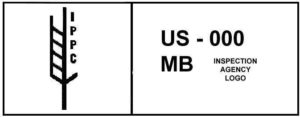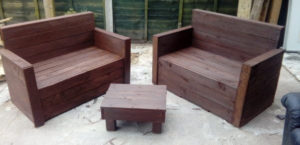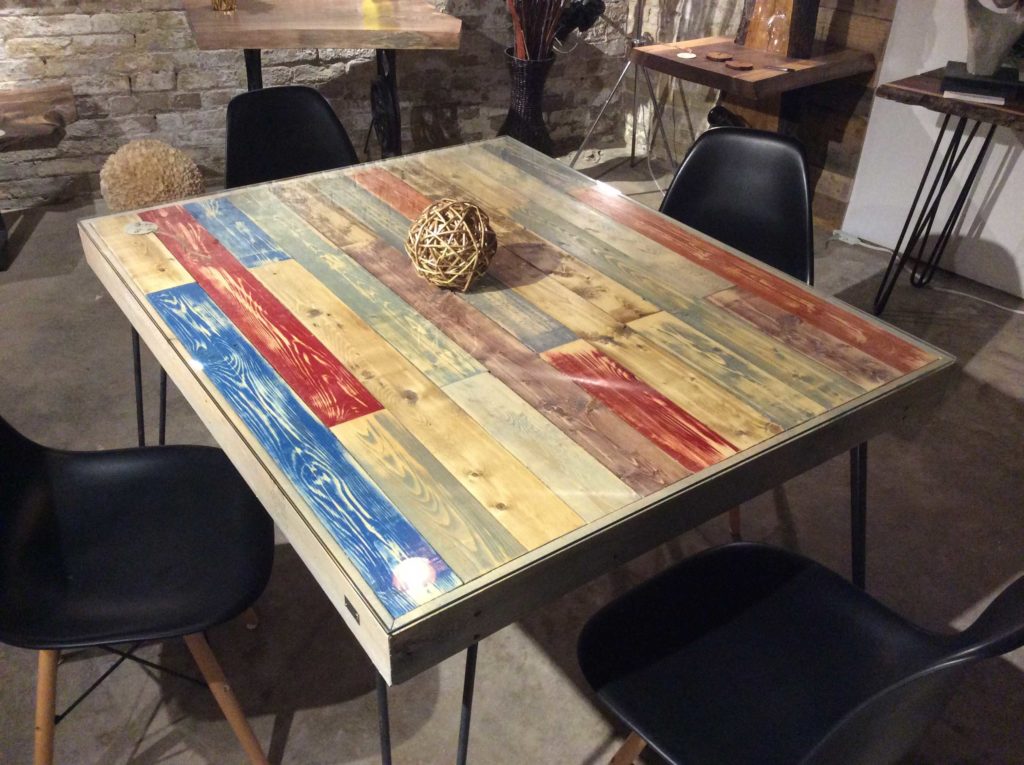Advice
Pallets, Great For Making Unique Furniture
“Waste not, want not” is a great philosophy to have, and we love to put it into practice at Rustix. Not only do we love turning trees into furniture, but we love reclaiming used wood, and pallets – sometimes called “skids” and used for shipping – which offer a great chance to do that. They can be turned into just about any kind of furniture – not just desks and tables, but chairs, benches, backyard furniture, bookshelves, racks, even love seats and sofas!
Because pallets are used to ship large, heavy loads across long distances, they’re usually quite strong and great for reuse.
Where To Get Pallets
One reason pallets are so attractive for crafting and furniture projects is because they’re quite easy to get! You don’t have to cut down and size the pieces of wood yourself and they’re easy to disassemble. They are also plentiful if you know where to look.
Check out small or medium-sized businesses with shipping areas, as they’re probably getting a lot of pallets and might be amenable to selling them or giving them to you for free. You might find them next to the dumpster because of their size, but it’s always polite to ask ahead of time before taking. Sometimes, you’ll find them stacked by the road for the taking – get them ASAP, because they also make attractive firewood!
Are They Safe?
Pallets can, of course, lose their structural integrity in the transportation process. It’s important not to use any that have large cracks, knots, splinters, or have stains from spills. Who knows what the pallet was transporting? It could have been a harmful substance, and you don’t want to play with unknown chemicals.
Pallets can also be different based on where they’re shipping from. A national pallet is used domestically, and have no stamps on them. The wood of these pallets is usually untreated, so they’re the safest options. International pallets have stamps on them that can help you identify the source, and whether or not the wood has been treated to prevent the spread of harmful invasive insects. Here’s a handy guide to help you read the markings, but always check for an International Plant Protection Convention (IPPC) logo, so you know it’s safe.
A national pallet is used domestically, and have no stamps on them. The wood of these pallets is usually untreated, so they’re the safest options. International pallets have stamps on them that can help you identify the source, and whether or not the wood has been treated to prevent the spread of harmful invasive insects. Here’s a handy guide to help you read the markings, but always check for an International Plant Protection Convention (IPPC) logo, so you know it’s safe.
Working With The Pallets
The planks that make up pallets are cut at great sizes, but they still need to be finished. Sand to remove the rough edges and splinters, as well as to prep the wood for treatment with varnish and/or paint. Even if you want to keep the rough aesthetic of the pallet, it’s always safe to remove splinters, because as we said before, the wood could be treated with chemicals. Use gloves and goggles when performing this work!

Because the pallets are cut, you don’t need any special tools: a hammer, screws, a saw or jigsaw, screwdrivers and drills are all you’re going to need. Keeping the rough, industrial look and feel of the wood can be a great idea!
Pallet furniture can make a unique and fairly easy DIY project, but if you’ve got some pallets made from beautiful wood, bring it to us. We can work with you to craft a custom piece you’ll be proud of! Let the “waste not, want not” philosophy be a part of your living room!

